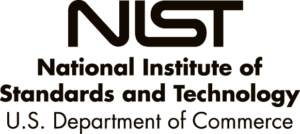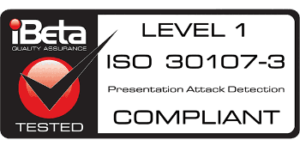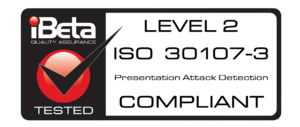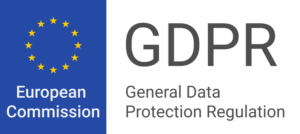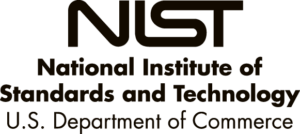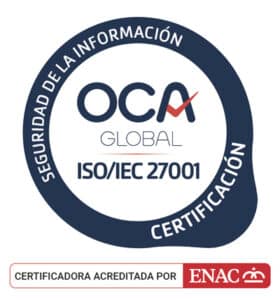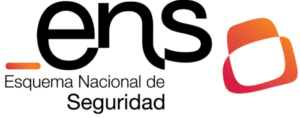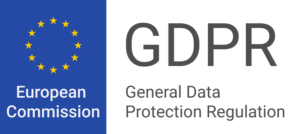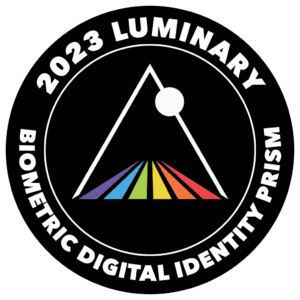Table of contents
Without realizing it, you have already tried the facial recognition technology on your cell phone, tablet, or even to enter specific applications. But… do you know what facial recognition is and how it works?
Do you know all the uses that can be given to it? Don’t worry; you are in the right place to answer all these questions.
What is Facial Recognition?
Facial recognition is a technology that makes it possible to identify or verify a person’s identity through their face.
Current facial recognition systems are based on Artificial Intelligence and deep neural networks that allow determining with an almost unerring accuracy if two images correspond to the same person. Identification can also be performed, indicating whether an individual is in a specific database through a picture of that person.

*Images compared with the Veridas das-Face biometric engine.
Facial recognition system
Facial recognition systems use face biometric authentication to allow people to prove their identity securely. In the same way that our family or acquaintances recognize us by our faces, facial recognition systems will enable us to verify ourselves by who we are without the need to carry a credential or remember a password.
Facial recognition systems, therefore, have two main functions:
- Verify a person’s identity: In a user registration or onboarding process, facial recognition makes it possible to compare the image present on the identity document with the photo the user takes during the process. This way, it is possible to determine that the document is valid and corresponds to the registered person.
- Authenticate people once registered: When users have already been reported in the system, facial recognition allows them to authenticate themselves by simply taking a selfie. In this case, it is possible to access private areas of apps or websites, authorize payments or transactions, and even physical access facilities, stadiums, or events thanks to facial recognition access.
Many companies have already incorporated these technologies, and millions of people use them daily, from opening accounts remotely, renting vehicles, facial login, or accessing soccer stadiums.
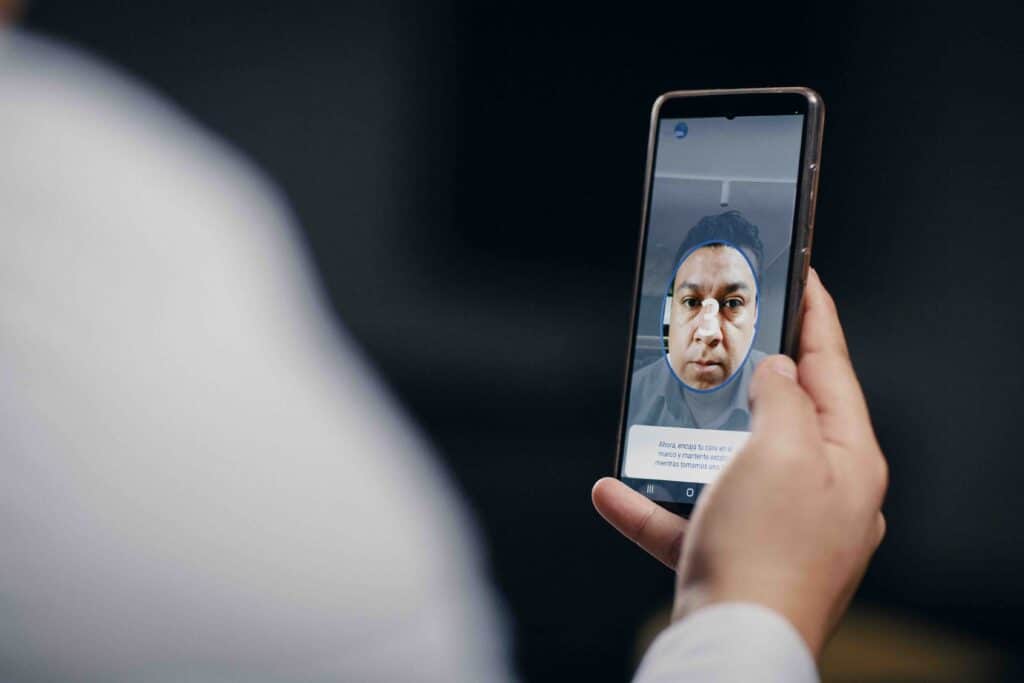
Face recognition search engine
The face recognition search engine by Veridas integrates sophisticated biometric technology for identity verification.
This system captures a user’s selfie and employs advanced AI to perform liveness detection, ensuring the presence of a real person. It then conducts biometric checks by comparing facial features against stored data.
The process is rapid, completing in under 300 milliseconds, and is designed to be free from biases related to race, age, or gender.
Veridas’ technology is compliant with stringent standards, ensuring robust and secure authentication suitable for various applications.

What is the purpose of facial recognition?
The fundamental goal of facial recognition systems is to provide a faster and more secure way to confirm a person’s identity. The use of facial biometrics improves both the user experience and the security of the process. On the one hand, users do not have to remember passwords and credentials. On the other hand, people’s real identity is verified since biometrics are unique to each individual, whereas credentials can be shared, lost, or stolen.
Can facial recognition replace passwords?
Yes, facial recognition systems are much more secure than current passwords and OTPs (One Time Passwords) since both still represent something that people know and, therefore, we can forget. Others can also know or quickly find out.
The Payment Services Directive (PSD2) of the European Union defines three levels of security or ways in which we can verify our identity:
- Possession (something you have): In this category, we could find physical access cards, coordinates, or even cell phones.
- Knowledge (something you know): Here, we find passwords and personal information such as our address, etc.
- Inherence (something you are): This category only enters what makes us unique and that others cannot possess in our places, such as our face or voice.
Biometric recognition systems allow people to be credited for what they are, for their inherent elements and therefore represent the safest way to verify our identity.
What is facial identification?
Before understanding how biometric authentication works, it is necessary to understand how the facial biometric engines behind facial recognition software work.
A biometric engine transforms the image captured during verification into a biometric vector through Artificial Intelligence algorithms. A biometric vector is a set of coordinates constructed from the unique characteristics of a person’s face.
In the past, engineers designed vectors by hand based on the distance between characteristic points of the face (distance between the nose and the mouth, between the eyes, etc.). Today, artificial neural networks can learn by themselves from millions of examples and are much more accurate.
Therefore, when performing biometric authentication, the system compares mathematical vectors, not images. It is essential to understand this nuance because the servers of companies using a facial recognition system do not store pictures but keep these biometric vectors.
These vectors are irreversible (you cannot return to the original image) and are not interoperable (other facial recognition systems cannot use them).
Thus, a biometric vector is generated when a person registers for the first time in the system. Later, when they want to operate, they will retake a photo, which will be transformed into another vector. This will be compared against the registration vector to determine if it is the same person.
The high level of development of these technologies allows this process to be carried out in real-time and practically instantaneous for the user.

How does facial recognition work?
Facial recognition technology by Veridas involves several key steps to ensure secure and accurate authentication.
- Selfie Capture: Users take a guided selfie with real-time feedback.
- Liveness Detection: The system verifies that the user is a live person, not a photo or video, complying with ISO 30.107 standards.
- Biometric Checks: Advanced AI algorithms compare facial features against stored data, ensuring high accuracy and bias resistance.
- Instant Verification: The entire process completes in under 300 milliseconds, providing rapid authentication.
How was facial recognition developed?
Old-school or landmark biometric systems
Believe it or not, facial recognition is more than 50 years old. In the mid-1960s, a research team used a very rudimentary scanner to map biometric data such as hairline and eye or nose location. However, at that time, it was not successful at all.
In the following decades, the rudimentary computers at the time continued to be tested, but computers found it easier to beat chess grandmasters than to recognize human faces.
The main problem with these systems was their traceability, i.e., the possibility of reconstructing the original image. In addition, they were very fragile to changes in appearance, such as a beard or the use of glasses or a mask.
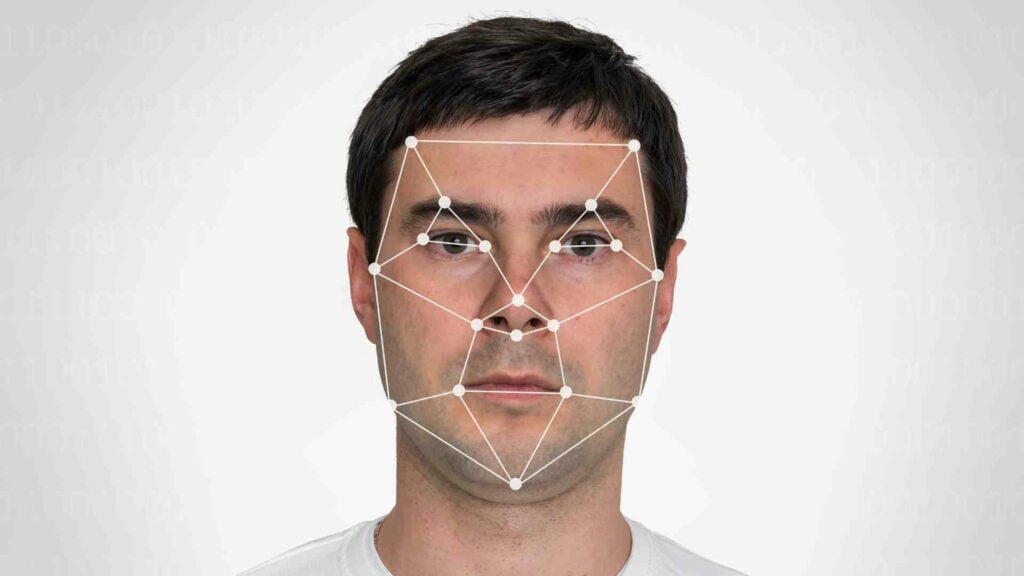
Artificial Intelligence-based facial recognition systems
In recent years, biometrics engines have been developed with Artificial Intelligence. These systems are trained to learn to recognize faces like the human brain, able to distinguish a person in different circumstances and with greater accuracy due to the infinity of data they process.
Current systems have accuracy rates of over 99% for databases of millions of faces. Therefore, they are much more reliable than humans in identifying a person.

*Images compared with the Veridas das-Face biometric engine.
What are the benefits of facial recognition?
More security
Facial recognition systems based on Artificial Intelligence make it possible to verify a person’s real identity by linking that identity with an inherent and unique element of human beings, their face. These technologies’ advances in the last decades offer an accuracy greater than 99%.
Improved user experience
This identity verification option makes the process much faster and easier. Users can do it from a mobile device or computer at any time and place without needing to go anywhere in person or remembering passwords or credentials.
Easy integration
As we have already mentioned, the uses of facial recognition are enormous and very diverse. Moreover, nowadays, it is effortless to integrate them into an application or website.
Is facial recognition secure and accurate?
Today’s facial recognition software achieves accuracy levels of over 99% in most scenarios. In this sense, it is essential to refer to external entities that audit the performance of these systems. In this area, the National Institute of Standards and Technology (NIST) in the United States is the highest institution in biometric standards. Companies developing these systems can submit their engines for evaluation for free, and NIST publishes the rankings publicly.






